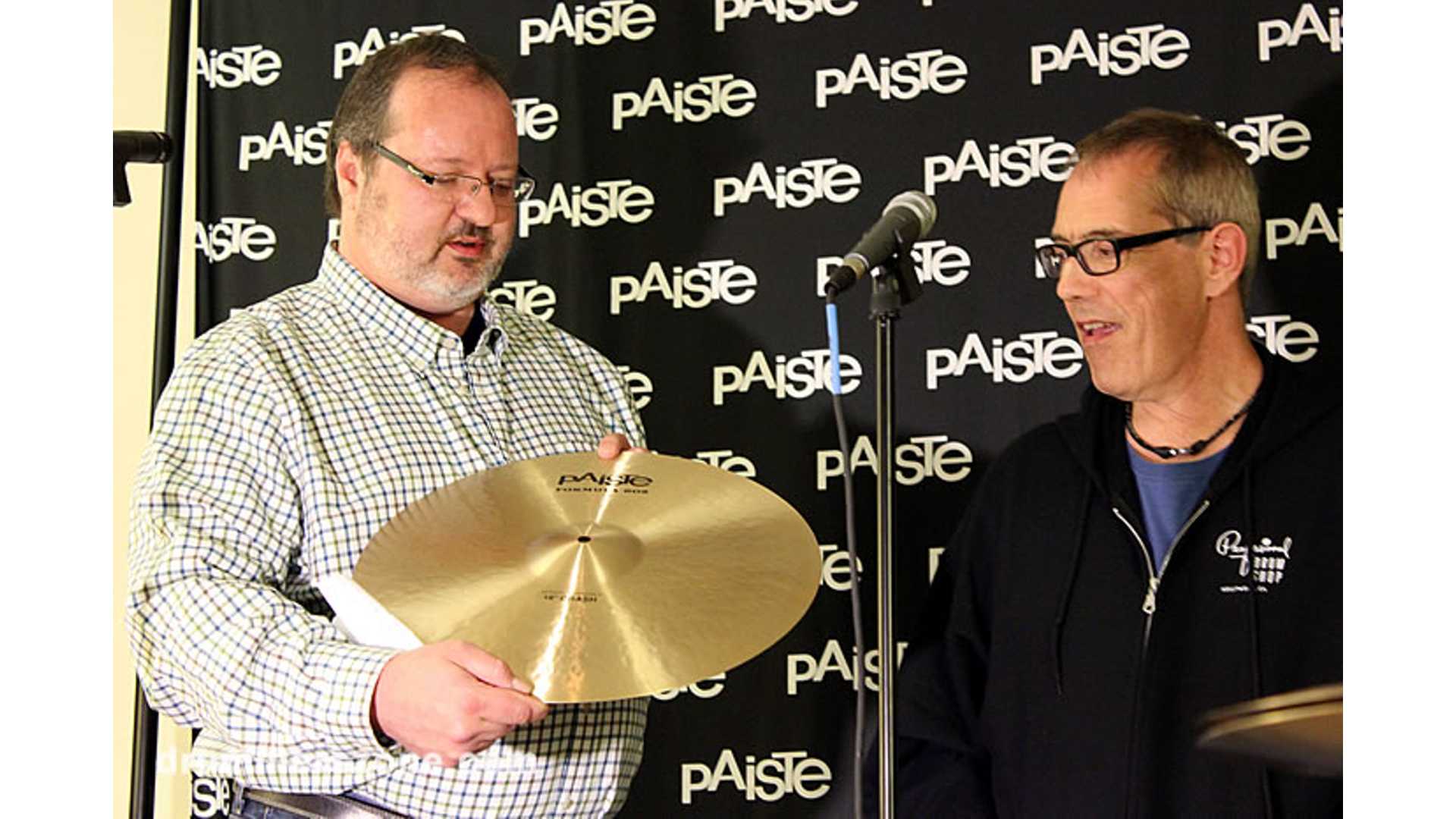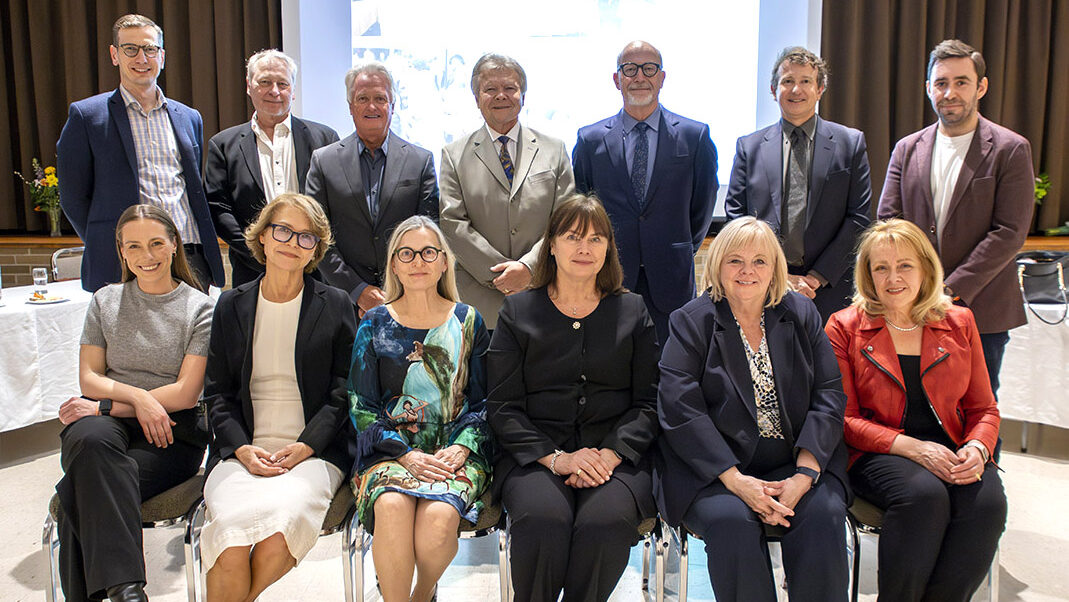For touring musicians and the companies that make their tools of the trade, these names are big business and sources of income. Concerts are probably the best advertising possible, along with trade shows like the NAMM (National Association of Music Merchants) Show that takes place in Anaheim, California each year. The more a certain type of equipment is associated with a popular artist, the more music aficionados in the crowd want to have that for themselves, to recreate the sound they love. And those aficionados are standing throughout the crowd, looking closely at their heroes.
If the bass drum is like the heartbeat of a runner, and the snare is like their footwork, then the “hi-hat” cymbal is like the breathing pattern of their lungs.
One sound that accents so much music we hear is the sound of cymbals, made of copper-based alloys, or mixtures, of metal. They crash, sizzle, and chime. They mark the tempo of a song and denote the changing of musical passages. If the bass drum is like the heartbeat of a runner, and the snare is like their footwork, then the “hi-hat” cymbal is like the breathing pattern of their lungs.
Depictions of cymbals are first found in art from Ancient Assyria and Ancient Egypt. According to drum historian Hugo Pinksterboer, cymbals were used by armies to frighten their enemies as they approached them from afar. Cymbals were used for rituals and in religious ceremonies, too, but “they weren’t considered serious musical instruments until the latter half of the 19th century.”
The most famous cymbal makers in the world are arguably the Zildjian family, who brought the Turkish cymbal making tradition to the United States in the 1920s. Yet, among the most famous manufacturers of cymbals today is Paiste, a brand with Estonian roots.
As they tell the story, Paiste began in 1901 when Michail Toomas Paiste moved from Estonia to St. Petersburg with his father, who was serving in the Tsarist Guard. The younger Paiste started and ran a publishing business and music store, “where the first cymbals and gongs [were] made based on customer requests.” The Russian Revolution forced Michail back to Estonia, where he re-opened the store in Tallinn. It's at this point that his own son, Michail M. Paiste, took a deeper interest in cymbal and gong manufacturing. His experimentation became celebrated outside of Estonia, but the Second World War and its aftermath brought the Paiste family to Poland, Germany, and then finally outside of Lucerne, Switzerland, where their headquarters have been since 1957. Erik Paiste, the great-grandson of Michail Toomas Paiste, has been at the head of the family business since 2003.
Over the centuries, cymbal construction has changed. The surface of a cymbal, its edge, and the bell are worked in order to create new sounds of varying darkness or brightness. The heart of their creation, however, is based on a few steps. Molten metal is blended and pressed into a disk shape. A lathe is used to cut and change cymbal thickness. The metal is hammered to alter the way surrounding air particles travel to our ear. Then, the cymbal is smoothed out, coated, and tested for overall sound.
Other Paiste endorsees include Steve Jordan, who has played with James Brown, Stewart Copeland of The Police, and Vinnie Colaiuta, who plays with Herbie Hancock.
Some of the Paiste cymbal series with more punctuated sound have become popular among heavy metal drummers like Alex Van Halen. But then, they're also used in other genres. Other Paiste endorsees include Steve Jordan, who has played with James Brown, Stewart Copeland of The Police, and Vinnie Colaiuta, who plays with Herbie Hancock.
At the end of the aforementioned trade shows, you might hear the wave-like rumbling of Paiste's 80 inch symphonic gong. Paiste's CEO, Erik Paiste, has demonstrated the instrument with a soft mallet, where the rumbling is at first not perceptible, but then becomes thunderous as it rises is tone. This demonstration is like an homage to the instruments that made up the company's beginnings.
Next time you listen to music or watch a concert, listen out for the shimmering of the drummer's cymbals. They not only give songs a boost in volume; they give listeners a boost of ecstatic energy.
This article was written by Vincent Teetsov as part of the Local Journalism Initiative.




